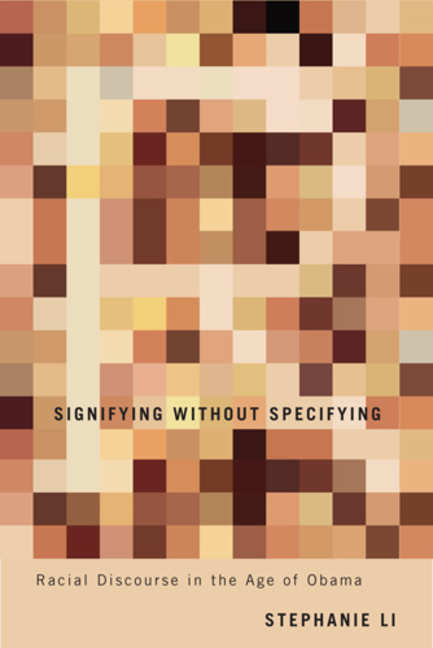Meaning, Without the White GazePosted in Articles, Autobiography, Media Archive, United States on 2019-11-10 02:31Z by Steven |
Meaning, Without the White Gaze
The Atlantic
2019-08-07
Rebecca Carroll, Host
WNYC Radio, New York, New York
I’m writing my memoir for the late, great Toni Morrison.
I had been writing it for her. For her, and for Pecola Breedlove. Perhaps too ambitious or presumptuous or high-minded, I had, until the announcement of her death this week, been writing my memoir, Surviving the White Gaze, for Toni Morrison and Pecola Breedlove. Because I survived the white gaze for Pecola, and Morrison taught me how.
I knew Pecola first. I lived inside her skin, her ache; felt sickened, ashamed, and unseen by that baby doll’s dead blue eyes on one of the book’s early covers. Page after page of The Bluest Eye, I felt Pecola’s mind curl into anguish and succumb to a delusion better than reality. Pecola lost her mind because she wanted the blue eyes set inside the ceaseless standard of white beauty—a gaze so narcotic that it ravaged her body from flesh to bone—and I almost did, too.
I say that I knew Pecola first because Morrison’s writing of her was so thorough and fully realized that in my initial reading of The Bluest Eye, the character loomed larger than the author. This is what will happen to me, I remember thinking. If I keep internalizing the white gaze and contorting my own reflection in response to it, I will spiral into madness and still be seen as ugly…
Read the entire article here.

